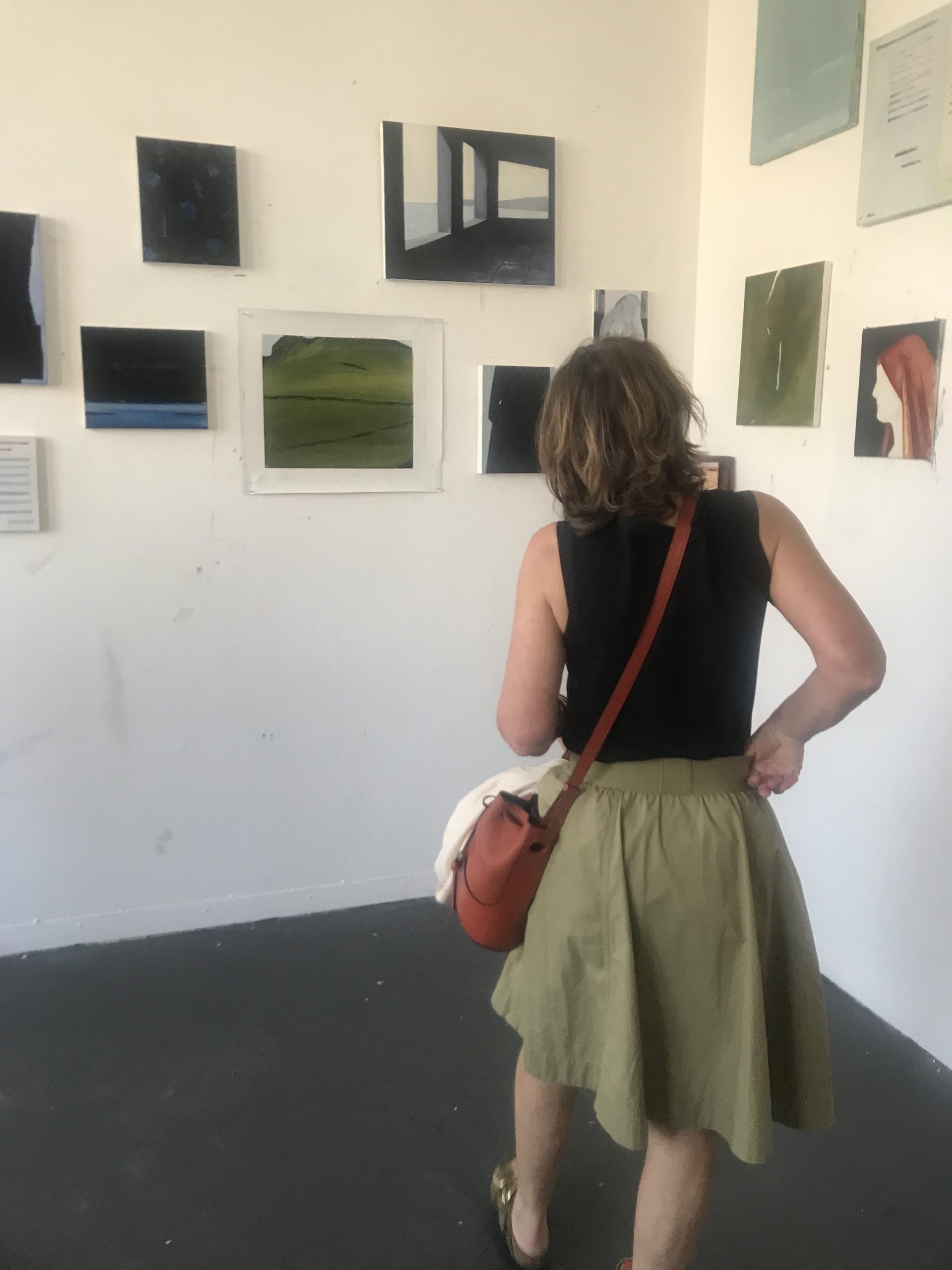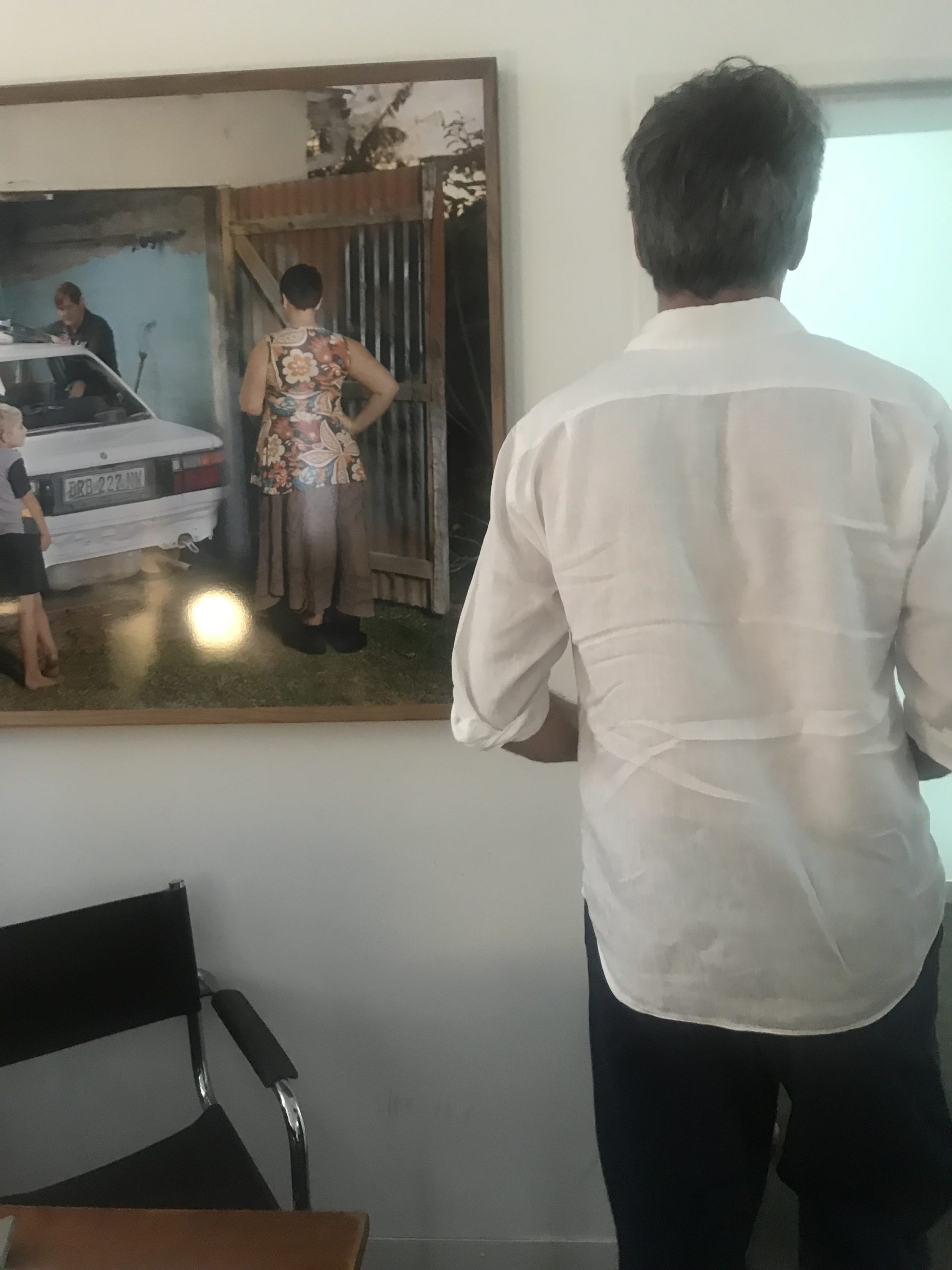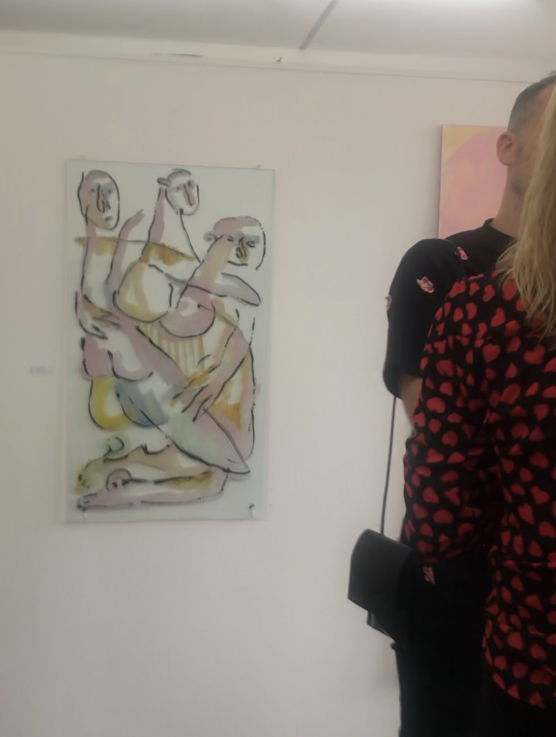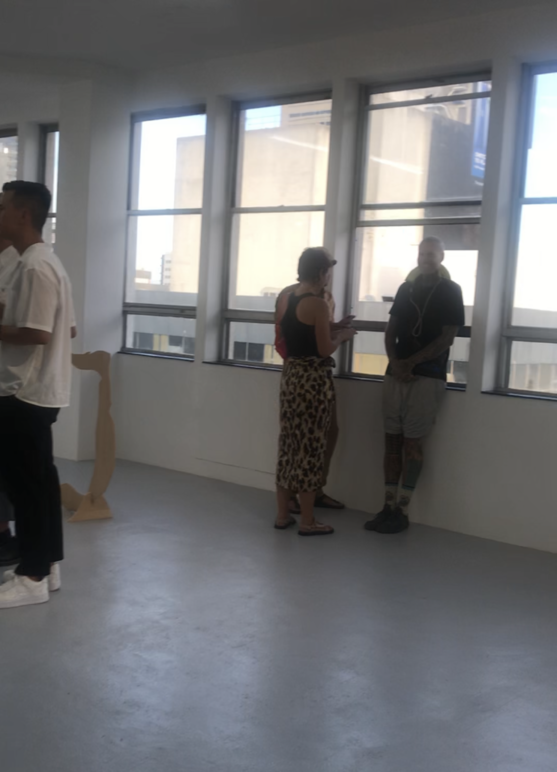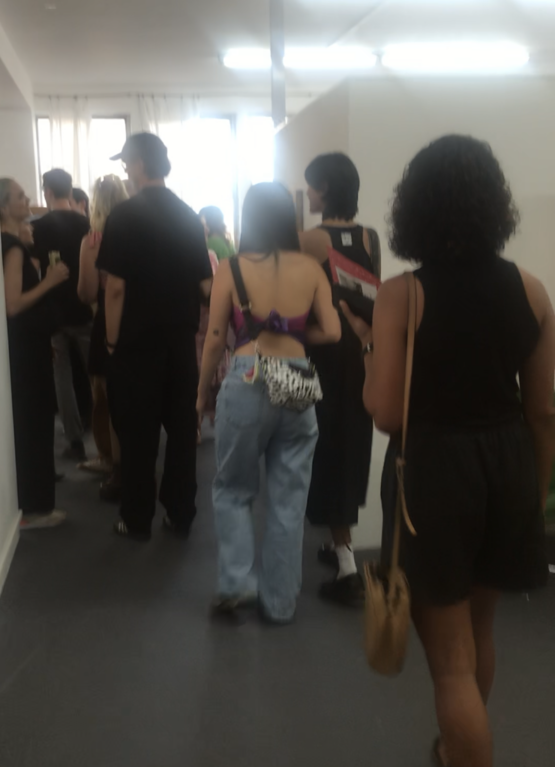Cape Town’s art week is officially afoot! RESERVOIR’s open studios, part of the Investec Cape Town Art Fair‘s VIP programme, inaugurated the proceedings with an impressive array of art, skill and talent. In the heart of Cape Town, Bree Castle House—housing 20 artist and design studios across nine floors, including RESERVOIR’s 7th-floor gallery—opened its doors to the public. In a blindingly brilliant display of artistic merit, the participating studios collectively boasted their excellence through a stunning range of works.
At the iconic 68 Bree Street, the 2024 open studios were well-organised and well-attended. The staff were attentive and friendly, guiding attendees easily through the space. At some point, there were so many people, a queue accumulated outside the elevators at the ground floor entrance, with people clamouring to get a chance to go up and see the art. While many attendees were told to start at floor nine and gradually work their way down, I chose to take the stairs, starting on the first floor, and rapidly working up and then down again.
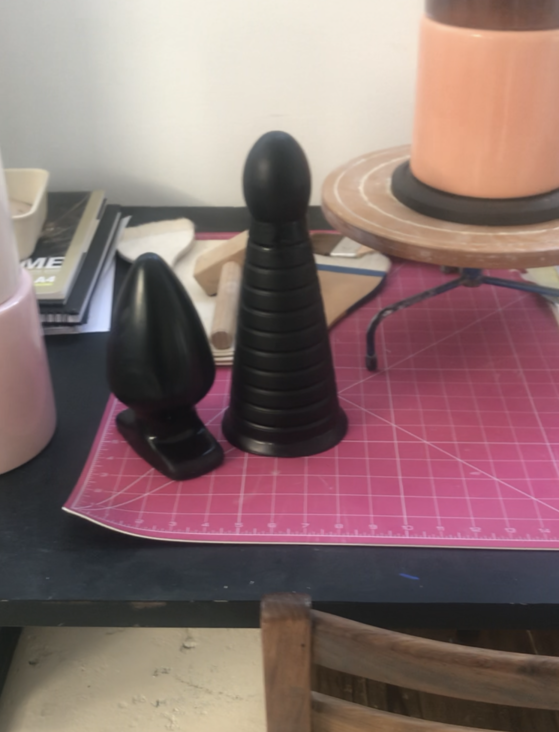
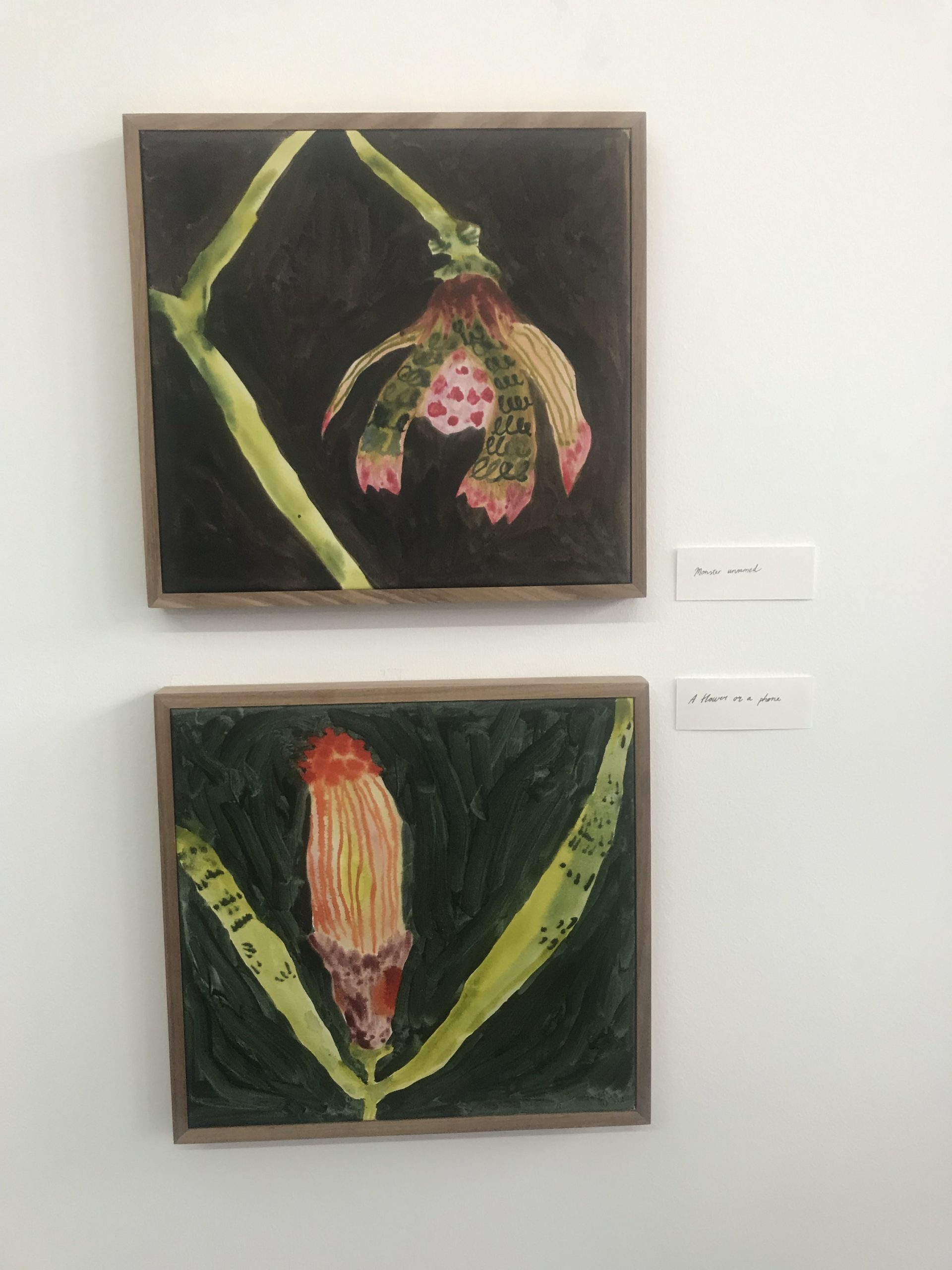

On the first floor was AKJP Studio, founded in 2012 by Adriaan Kuiters’ designer Keith Henning and Jody Paulsen. Henning happened to be in the space in high spirits, constantly surrounded by people. His work was daring, yet technically sound. It was a pleasure to see his creative process through objects carefully curated throughout the space, from the clay studio at the very end of the room to the posters, books and design objects on the opposite end. This setup added to the studio’s appeal, and starting there presented variety right from the beginning.
Other artists included Natan Fourie, Nicholas Haye and Morné Visage. Visitors were given a red flyer that showed where each studio was. At the entrance of each cluster of studios was clear signage and like Henning, most artists were present in their space. As for the art itself? I reiterate that it was generally exceptionally good. Whether they were printmakers, painters, designers or ceramists, the studios demonstrated masterful dedication to artistic practice through artefacts of considered labour.
As I ascended the building, it became perfectly clear that the art, artists, and audience were associated with a certain level of affluence, which stirred up uncomfortable feelings about Cape Town’s socio-economic landscape. While there were a handful of people of colour and some attendees appeared to be students, there was a noticeable pattern of predominantly white, often femme or queer, male artists, with some visitors who sounded Dutch and Italian, many of whom seemed to be artists themselves, gallerists, collectors or connected to the artists.
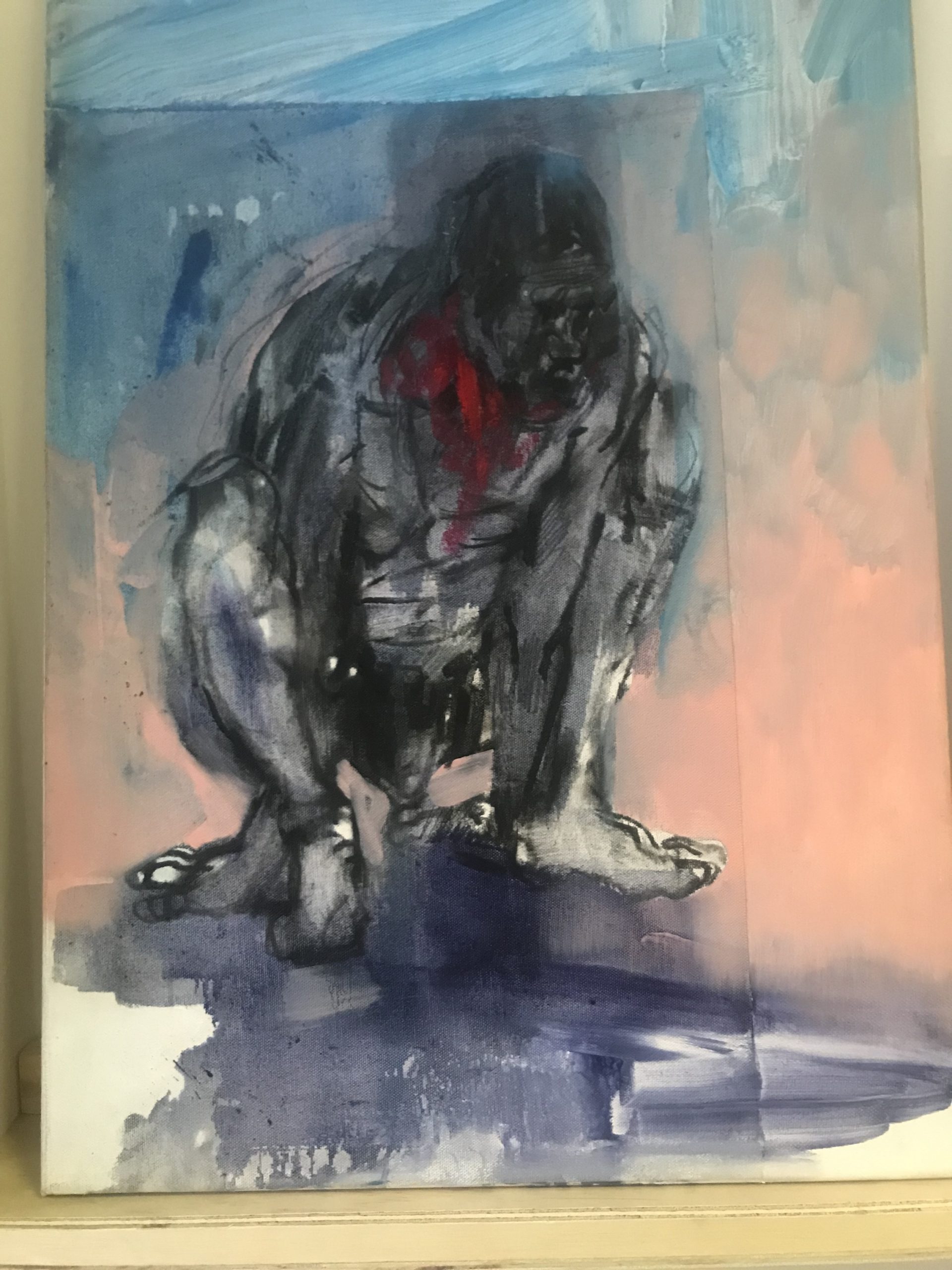
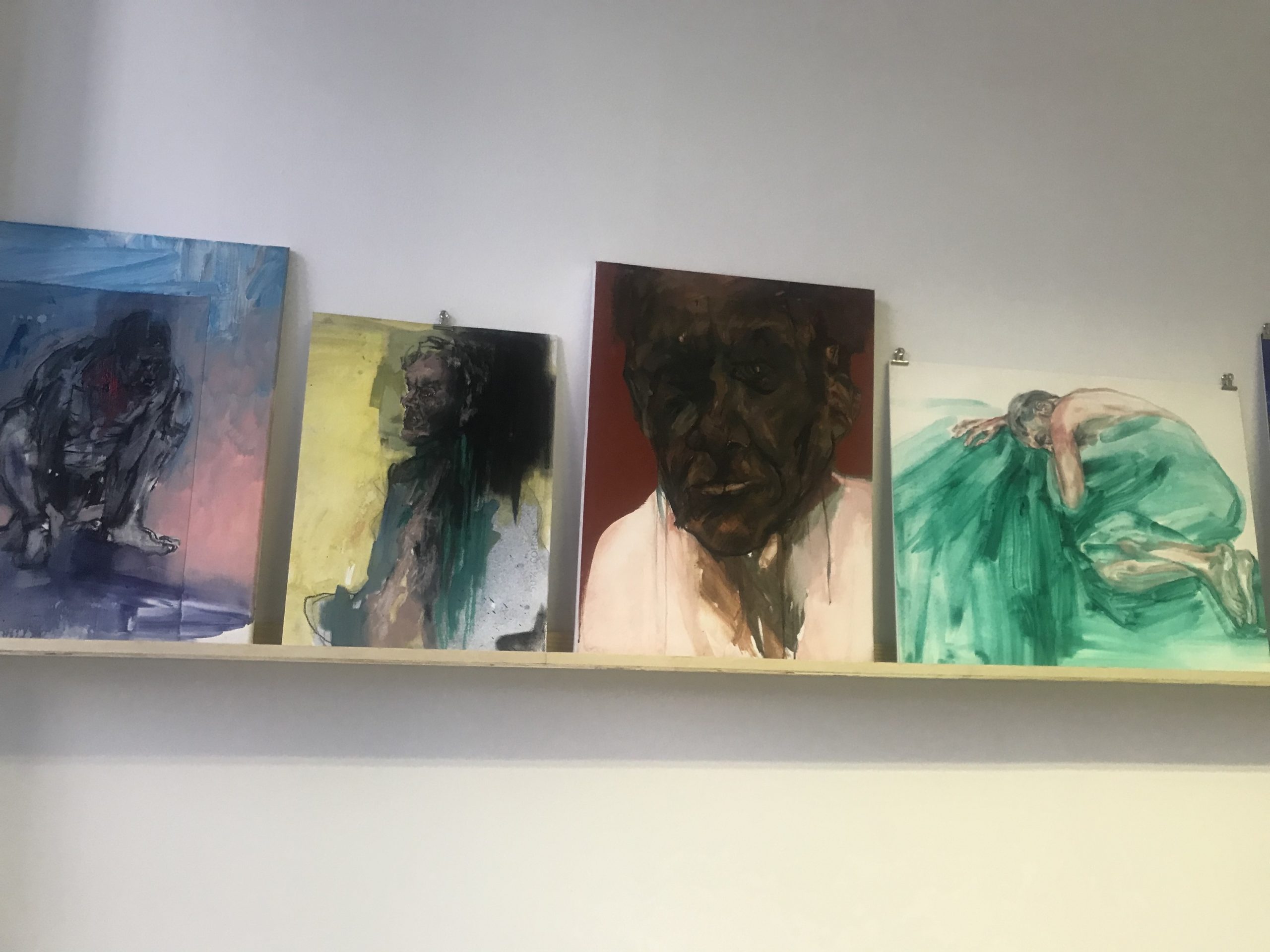
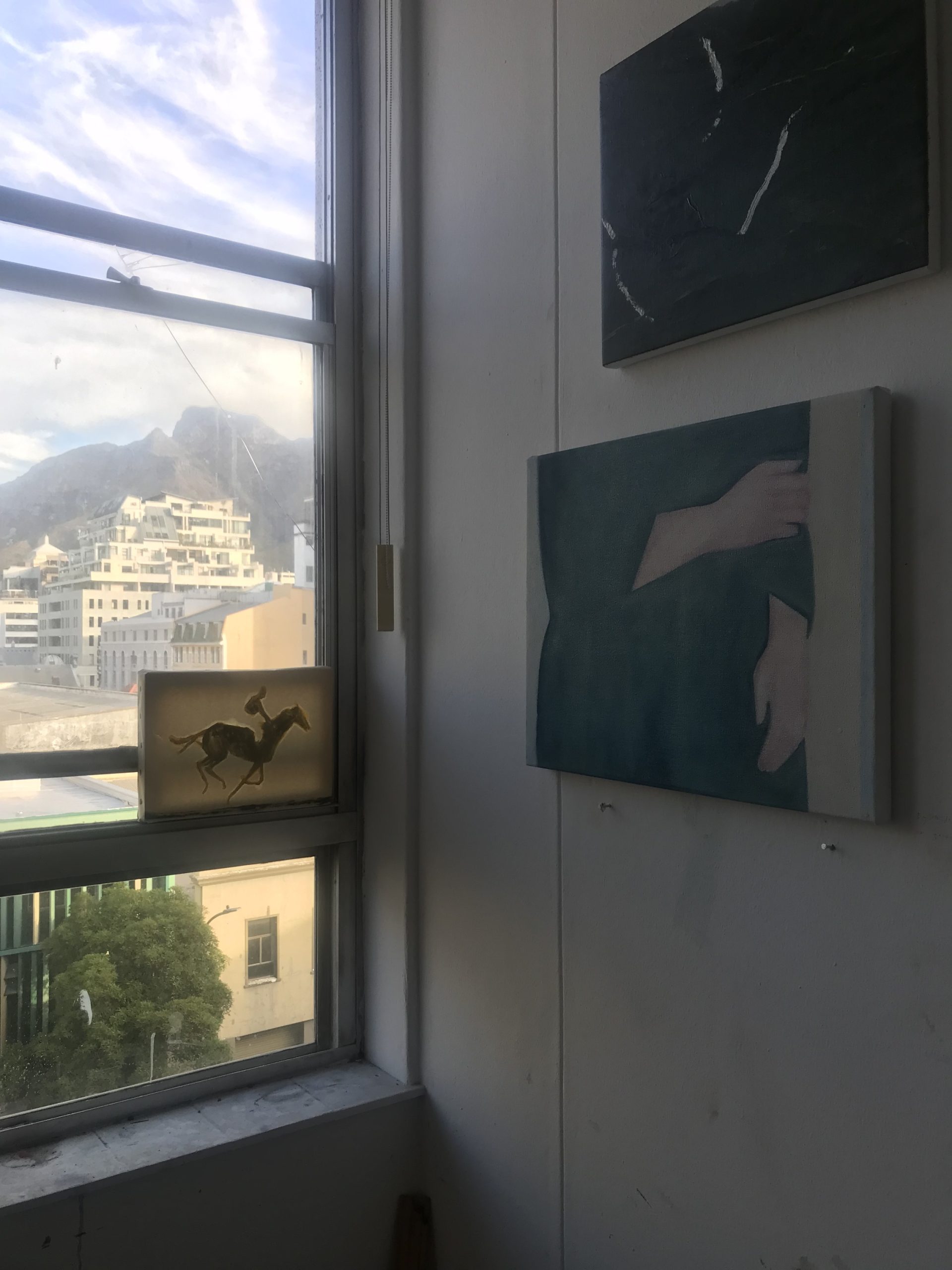

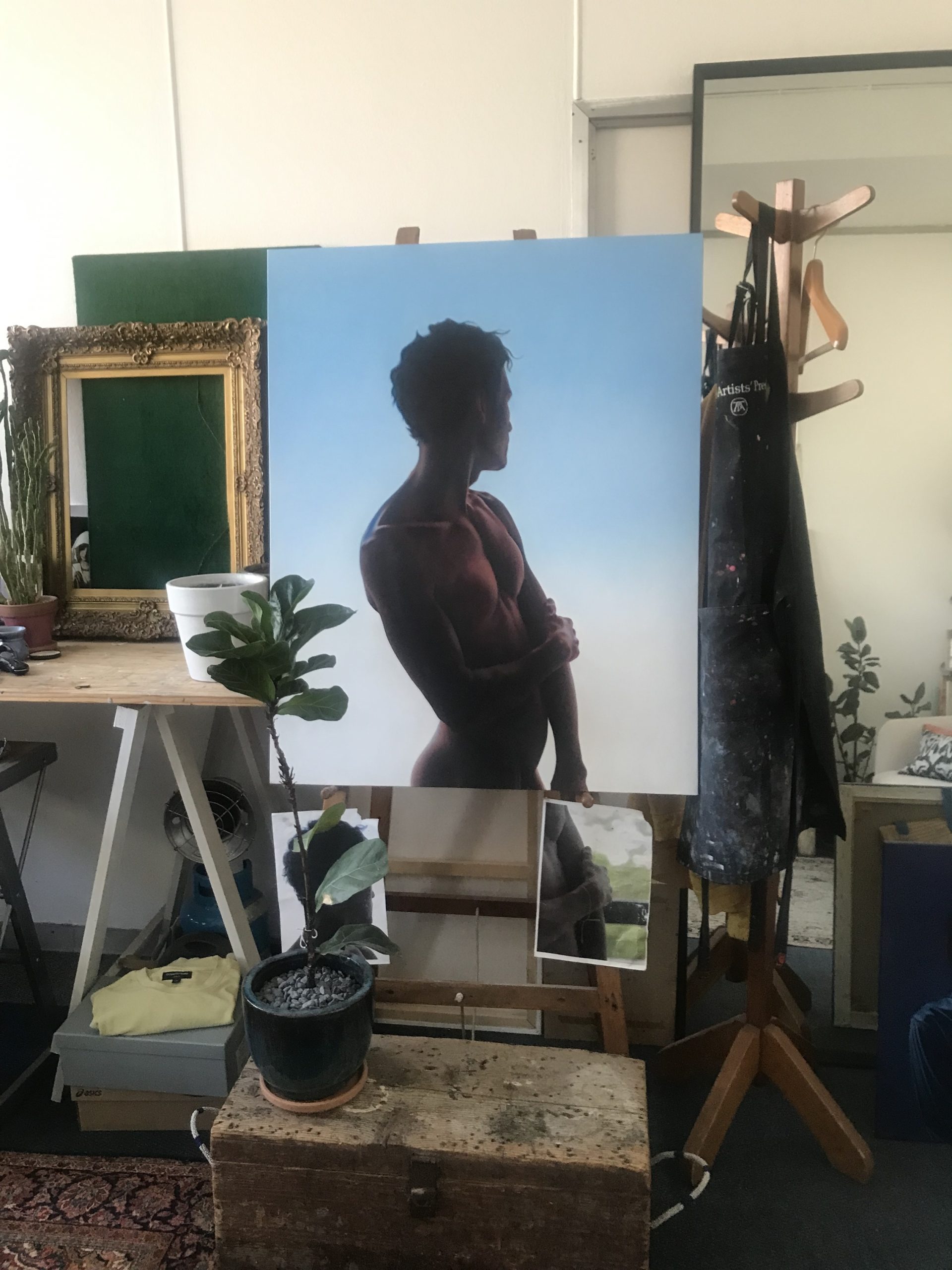
Let this observation not take away from how brilliant the actual work was. But the technical brilliance of the exhibited art seemed inseparable from the privilege that underpinned it. The reality is that access to top-tier art education, studio spaces at prestigious locations like 68 Bree Street, and a network of similarly privileged peers all contribute to perpetuating a cycle of advantage. Out of curiosity, I tactfully asked Madeline van Manen who shares a fifth-floor studio with her daughter under OH MY GOSS and she confirmed their exceptional education.
It seems like the majority of the artists at Castle House Studios are quite well-trained, and it shows in their stellar work. Truth be told, in Joburg, the standard of art tends to be lower as the art world there is more open to people who haven’t received extensive training. In Joburg, anything goes. Everybody’s a curator. Everybody’s a painter. Or a photographer. There’s not much scrutiny of the quality of the work. While what was missing at these studios was that extra bit of flair, it was an important reminder of how privilege is tied to technical expertise.
RESERVOIR’s open studios event at Castle House unintentionally forced a sobering reflection on the broader dynamics at play – colonial legacies, nepotism, and entrenched white privilege. While the event rightfully celebrated technical excellence, there lingered a sense of exclusion, a void where the culture should be. The absence of diverse faces and voices, overshadowed by the dominance of a homogenous demographic, raises critical questions about representation, access, and the ethical essence of artistic work.
